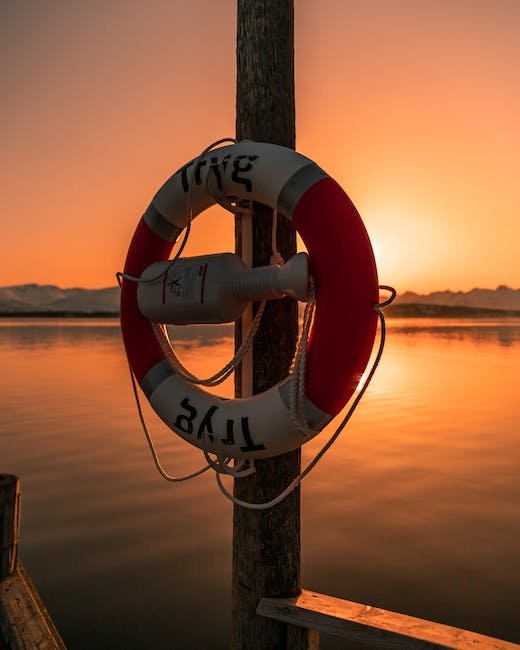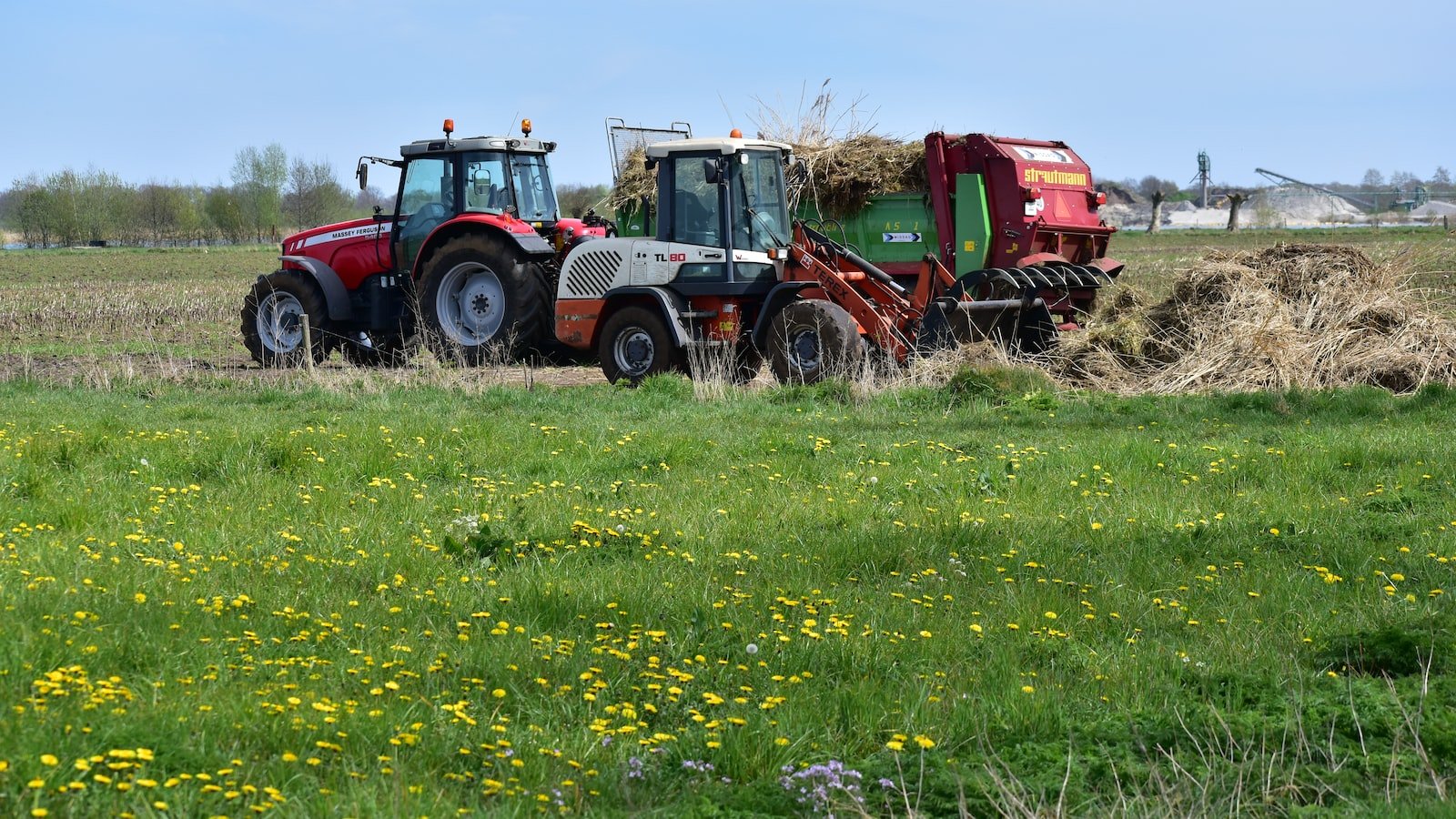When a call for help echoes across stormy waters or a person finds themselves struggling to stay afloat, there is one remarkable companion ready to leap into action: a water rescue dog. These brave canines possess an exceptional set of skills, honed through rigorous training, allowing them to navigate treacherous conditions and save lives. From paddling through crashing waves to retrieving drowning victims, they are the unsung heroes of water rescue missions. In this article, we delve into the art of training these extraordinary dogs—unveiling the secrets behind their remarkable abilities while shedding light on the unique partnership between humans and their fearless four-legged allies. Whether you aspire to train a water rescue dog or simply marvel at their awe-inspiring feats, join us as we explore what it takes to unleash the true potential of our beloved furry heroes.
Table of Contents
- Creating a Strong Foundation in Basic Commands and Obedience Training
- Building Confidence and Comfort in Water Environments
- Teaching Specialized Skills for Water Rescue Situations
- Implementing Effective Communication and Bonding Techniques
- Continual Physical and Mental Conditioning for Optimal Water Rescue Performance
- Q&A
- Future Outlook

Creating a Strong Foundation in Basic Commands and Obedience Training
is crucial for every dog owner. It not only establishes a strong bond between you and your furry friend but also sets the stage for future training and behavior modification.
To begin with, it is essential to understand the importance of consistency in training. Consistency helps your dog understand what is expected of them, making it easier for them to learn and respond to commands. Whether you are teaching basic commands like sit, stay, or heel, or working on obedience skills like walking on a leash, consistency is key. Make sure to use the same commands, gestures, and rewards every time, reinforcing the desired behavior.
In addition to consistent training, positive reinforcement plays a significant role in building a strong foundation. Dogs thrive on reward-based training, so be generous with praise, treats, and playtime when they exhibit the desired behavior. This positive association helps your dog understand that obeying commands leads to pleasant outcomes, making them more motivated to learn and follow instructions.
Moreover, incorporating interactive and stimulating activities can further enhance your dog’s basic obedience training. Games like hide-and-seek, fetch, or using puzzle toys can make training sessions enjoyable for both you and your pet. By keeping the training sessions engaging and fun, you create a positive learning environment that encourages your dog to actively participate and excel in basic commands and obedience.
Remember, building a strong foundation in basic commands and obedience training takes time and patience. So, break the training into short, frequent sessions and gradually increase the difficulty level. Celebrate small victories along the way and never forget to shower your four-legged companion with love and affection throughout the process. With dedication, consistency, and positive reinforcement, you can create a strong bond with your dog while ensuring they become well-behaved and obedient companions.
Building Confidence and Comfort in Water Environments
When it comes to water environments, confidence and comfort play a crucial role in ensuring a positive and safe experience. Whether you’re a beginner or someone striving to improve your skills, there are various strategies to help you build confidence and feel at ease in the water.
To start, it’s essential to establish a solid foundation by learning basic swimming techniques. Enroll in swimming lessons where certified instructors will guide you through step-by-step progressions. They’ll teach you proper breathing techniques, body positioning, and different strokes to help you navigate the water with ease.
Additionally, practicing water safety is vital. Understand the importance of wearing appropriate swimwear and using necessary safety equipment like life jackets or floatation devices. Take the time to familiarize yourself with the pool or beach rules and always swim in designated areas monitored by lifeguards.
- Join a water exercise class: Engaging in water-based activities like aqua aerobics or water yoga can help boost your confidence as you work with others in a supportive environment.
- Set achievable goals: Break down your swimming goals into small, attainable milestones. Celebrate each achievement along the way, as it will empower you to continue progressing.
- Visualize success: Before entering the water, visualize yourself swimming confidently and gracefully. Positive visualization can help reduce anxiety and improve your overall performance.
Remember, is a journey unique to each individual. Embrace the process, be patient, and enjoy the endless possibilities that water holds.

Teaching Specialized Skills for Water Rescue Situations
In water rescue situations, specialized skills are crucial for ensuring the safety of both rescuers and victims. At WaterRescue Training Center, we offer comprehensive training programs designed to equip individuals with the necessary knowledge and abilities to handle these challenging scenarios.
Our courses cover a range of techniques and strategies, including:
- Swiftwater Rescue: Learn how to navigate fast-moving water environments while employing proper safety protocols and utilizing specialized equipment.
- Diving and Underwater Search: Acquire the skills needed to perform underwater searches and recoveries, using advanced diving techniques and utilizing state-of-the-art equipment.
- Ice Rescue: Gain expertise in rescuing individuals trapped on ice, while understanding the unique hazards and employing appropriate tools for safely extricating victims.
- Boat Operations: Master the techniques required to manage vessels during water rescues, including navigation, boat-based rescues, and the coordination of rescue efforts.
Our experienced instructors provide hands-on training sessions, ensuring participants develop the confidence and competence needed to respond effectively in water-based emergencies. With our focus on safety, teamwork, and adaptability, our specialized training programs empower individuals to become skilled water rescue professionals.

Implementing Effective Communication and Bonding Techniques
In order to foster effective communication and build strong bonds within a team or organization, it is crucial to implement certain techniques that promote collaboration and understanding. By following these techniques, teams can enhance their communication skills, establish trust, and improve overall productivity.
Active Listening: Encouraging active listening is essential for effective communication. This involves giving your full attention to the speaker, maintaining eye contact, and avoiding distractions. Additionally, paraphrasing what the speaker has said helps ensure understanding and shows that you are actively engaged in the conversation.
Open and Honest Communication: Creating an environment where individuals feel comfortable expressing their thoughts and ideas is crucial. Encourage open and honest communication by promoting regular team meetings, one-on-one discussions, and feedback sessions. This allows team members to voice their opinions, address concerns, and contribute to decision-making processes.
Building Trust: Trust is the foundation of any successful team. Building trust involves being reliable, transparent, and accountable. Encourage collaboration, delegate responsibilities, and recognize the achievements of team members. When trust is established, communication flows more freely, fostering a positive work environment.
Non-Verbal Communication: Apart from verbal communication, non-verbal cues play a significant role in effective communication. Pay attention to body language, facial expressions, and tone of voice. Using appropriate gestures, maintaining good posture, and utilizing inclusive body language can help convey your message more effectively.
By implementing these techniques, teams can overcome communication barriers, enhance their interpersonal relationships, and achieve greater success together. Remember, effective communication and strong bonds are essential in any organization, as they promote a cohesive and productive work environment.
Continual Physical and Mental Conditioning for Optimal Water Rescue Performance
Maintaining peak performance in water rescue scenarios requires a holistic approach that encompasses both physical and mental conditioning. By consistently optimizing our bodies and minds, we can ensure that we are prepared to face any challenges that may arise in the line of duty.
Physical Conditioning:
In order to excel in water rescue, it is essential to possess exceptional physical capabilities. Regular exercise routines should focus on building strength, endurance, and agility while targeting specific muscle groups crucial for rescue operations. This may involve activities such as swimming, cardio workouts, and strength training. Additionally, incorporating exercises that mimic real-life scenarios, like simulated rescues or towing weighted objects in water, can enhance our performance in a focused and practical manner.
Mental Conditioning:
Rescue operations often require quick thinking and decision-making under extreme pressure. Mental conditioning plays a vital role in ensuring our abilities to assess situations, strategize effectively, and maintain a calm demeanor. Practicing mindfulness techniques, such as meditation or visualization, can sharpen our focus and increase our ability to stay composed in high-stress situations. Moreover, engaging in cognitive exercises, solving puzzles, or participating in team-based problem-solving activities can enhance our mental acuity and adaptability.
Continual Improvement:
Water rescue performance demands a commitment to continual improvement. Regular training sessions are essential for refining our skills, learning new techniques, and staying up to date with the latest rescue protocols. Collaborating with experts in water rescue, attending workshops or conferences, and participating in simulated rescue drills can provide invaluable opportunities for learning and growth. Embracing a mindset of continuous improvement not only ensures optimal performance but also instills confidence and fosters a strong sense of teamwork within the rescue community.
Q&A
1. What is the first step in training a dog for water rescue missions?
The initial step is to ensure your dog is comfortable in and around water. Start by introducing your dog to shallow water gradually, and gradually increase the depth as their confidence grows.
2. Can any breed of dog be trained for water rescue missions?
While certain breeds, such as Golden Retrievers and Newfoundlands, are more commonly used for water rescue missions due to their natural swimming abilities and strong retrieval instincts, with proper training and temperament assessment, almost any breed can be trained for such tasks.
3. How can I teach my dog to swim efficiently during a rescue mission?
One effective method is to use a life vest or floatation device specifically designed for dogs to provide them with buoyancy and confidence in the water. Gradually introduce your dog to more challenging conditions, such as choppy water or strong currents, through controlled training exercises.
4. What commands should my dog be trained to respond to during water rescue missions?
Essential commands include “heel” for walking alongside a boat or shoreline, “fetch” for retrieving objects in the water, and “leave it” to prevent your dog from tangling themselves in debris. Incorporating specific whistle commands can also be helpful, such as a long whistle for recall and three short whistles for attention.
5. How can I train my dog to navigate obstacles in water during rescue missions?
Start by introducing simple obstacles, such as floating toys or buoys, and gradually progress to more complex obstacles like floating platforms or small boats. Practice navigating in different weather conditions to enhance your dog’s ability to work effectively in various environments.
6. How long does it usually take to fully train a dog for water rescue missions?
The duration of training varies depending on the individual dog, their breed, and previous training experience. On average, it can take anywhere from six months to two years of consistent training to develop the necessary skills and ensure reliability during rescue missions.
7. Is it important to socialize my water rescue dog with other animals and people?
Yes, socialization is crucial to build your dog’s confidence and ensure they remain calm and focused during rescue operations. Expose your dog to various environments, people, and animals while reinforcing positive behavior to create a well-rounded and adaptable rescue companion.
8. What precautions should be taken to ensure the safety of dogs during water rescue missions?
Always equip your water rescue dog with a well-fitted life vest and use appropriate safety gear. Monitor their behavior and energy levels to prevent exhaustion or hypothermia. Regularly inspect their paws for injuries or cuts caused by debris in the water.
Future Outlook
In conclusion, the journey of training a dog for water rescue missions is one filled with determination, patience, and an unwavering bond between humans and canines. We have delved into the various stages, techniques, and essential skills involved in transforming our four-legged companions into true heroes of the water. From basic obedience training to advanced water-based exercises, it is evident that every step counts in nurturing these incredible creatures to become the saviors they are destined to be.
Remember, training a dog for water rescue missions goes beyond mere practicality; it represents a profound partnership between us and our loyal companions, one that can be built on mutual trust, respect, and a shared goal of safeguarding human lives in perilous situations. So, let us celebrate the accomplishments achieved throughout this training journey, from their first paddle to each successful rescue mission.
As we conclude, it is crucial to acknowledge the dedication and resilience required from both the dog and its handler. The bond forged between them evolves into an unspoken language of understanding, allowing them to work seamlessly together in the most challenging conditions. Through the waves, currents, and unforeseen obstacles, these dogs emerge as beacons of hope and a source of solace for the desperate individuals they aid.
So, let us embark on this remarkable adventure, not only to save lives but also to appreciate the remarkable abilities and unwavering loyalty of our canine companions. Together, let us cherish the triumphs, learn from the setbacks, and continue to nurture the incredible potential within every water rescue dog. With our continuous commitment and unwavering love, these extraordinary creatures will continue to serve as guardians of the waters, forever reminding us of the immense power of our bond with man’s best friend.
As an affiliate, my content may feature links to products I personally use and recommend. By taking action, like subscribing or making a purchase, you’ll be supporting my work and fueling my taco cravings at the same time. Win-win, right?
Want to read more? Check out our Affiliate Disclosure page.